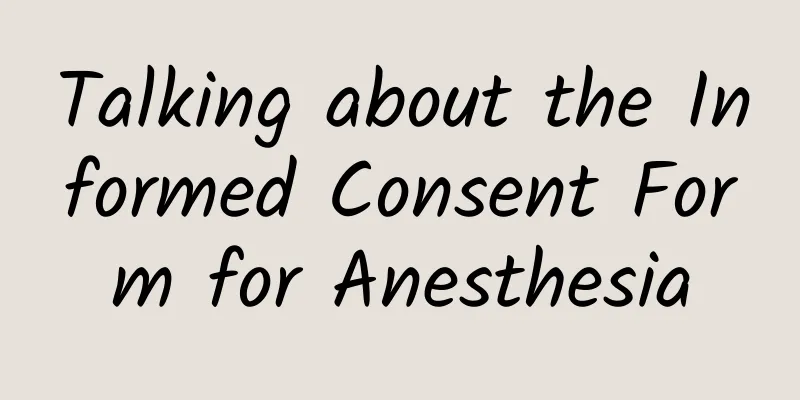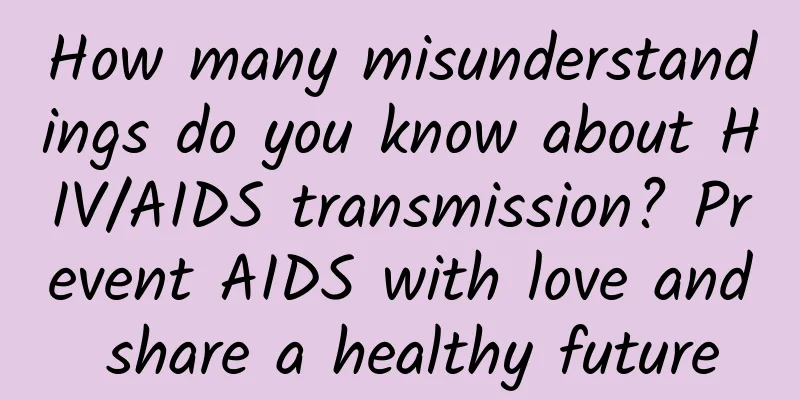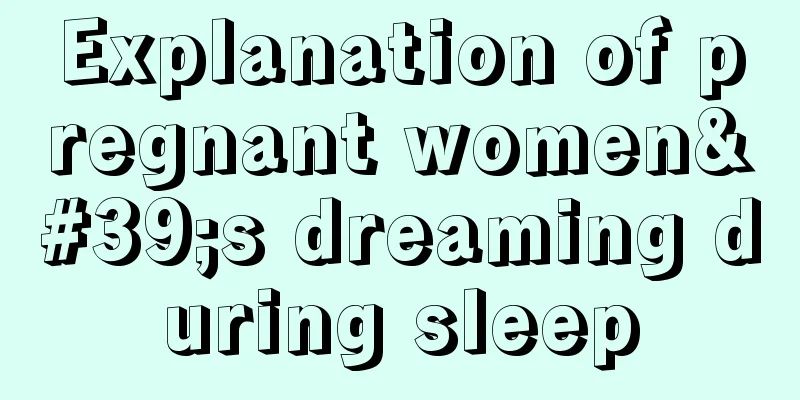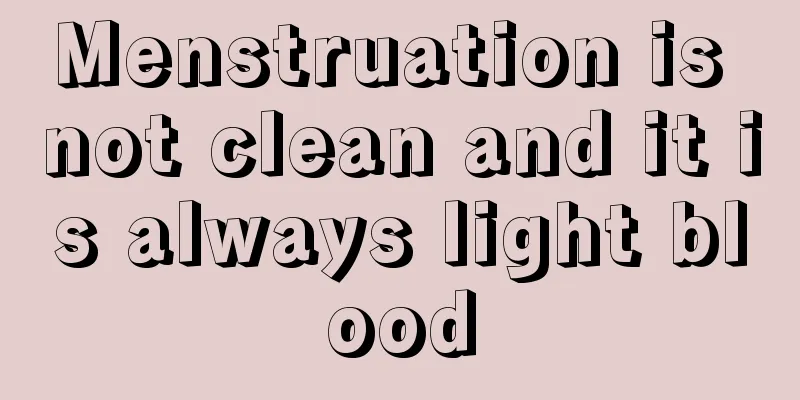Talking about the Informed Consent Form for Anesthesia

|
For the first time, I realized that the anesthesia informed consent form is not just a thin piece of paper! When I share with a new anesthesia colleague how to enter the world of anesthesia faster, I wonder, what can I teach her? Skill operation? This requires more practice and practice. Just talking about my personal experience alone has no practical significance to her. Theoretical knowledge? There is too much knowledge related to anesthesia. What can I pass on to her in just one operation? After the anesthesia induction was completed, everything was on track. While cleaning the table, I was thinking about how to make her gain something from the anesthesia during this operation. The anesthesia informed consent form came into view! Got it! Let's start with the anesthesia informed consent form! Let's start with some nitpicking! Anesthesia informed consent, as the name suggests, is a document regarding anesthesia that requires the consent of the patient and (or) the patient's family. So why do we need such a document? Because anesthesia has risks! Some unexpected situations may occur during the anesthesia process, which may cause certain harm or even life-threatening to the patient, so we have to inform him/her. This is also a manifestation of practicing in accordance with the law, reflecting the patient's right to be informed and make independent choices, and also reflects the anesthesiologist's obligation to inform! Very important, right! ? Yes, it is very important. When I said this, I couldn't help but nod my head. So when we visit patients with such a thin piece of paper, we must be serious and cautious, bold and enthusiastic! Do you think that knocking on the door of the ward is our first contact with the patient? No, from the moment we get the informed consent for anesthesia, we have had the first non-face-to-face contact with the patient. The patient's name, age, gender, and hospitalization number are basic information. What does it indicate? Name and hospitalization number are important and unimportant; they are important because we have to "check three times and check seven times" to ensure that we don't recognize the wrong person or understand the wrong condition information. They are unimportant because they have little to do with the choice of anesthesia method and anesthesia precautions. Relative to anesthesia, age and gender are more important. Why? Because age is an independent high-risk factor. For the same operation, the anesthesia risks of infants, young and middle-aged people, and the elderly are different, the choice of anesthesia plan will also change, and the points to pay attention to during anesthesia implementation are also different; gender! It is mainly related to the higher incidence of perioperative nausea and vomiting. After reading these, you should understand the patient's medical information and related test results. If you don't know what to focus on when reviewing the medical records, then continue to read the informed consent form. Article 1: Risks associated with primary diseases. Okay, then take a good look at the medical records to see what diseases the patient has, what pathological and physiological changes may occur in these diseases, and what impact may these pathological and physiological changes have on our anesthesia? This is what we need to focus on in the medical records. After reading the medical records and confirming that the surgery is to be performed, you can roughly determine which anesthesia plan to choose. Then, when you don't know what to do, continue to read the anesthesia informed consent form. Possible problems encountered with general anesthesia, possible accidents with spinal anesthesia, possible situations with nerve blocks, possible consequences of intraoperative blood transfusions, surgery-related accidents... At this point, I stopped. Is this really a thin piece of paper? ! For the first time, I deeply realized that the anesthesia informed consent form is not just a thin piece of paper. It is a book, many books, blood and tears, history, and the accumulated anesthesia science! If you are just getting started, read it carefully and you will know how to make a good anesthesia plan, how to prepare for an anesthesia surgery, and what problems you need to deal with during the operation; if you have been in the industry for many years, read it again, and you will find that the words are full of fear and trepidation, but you must be bold and careful, and stay calm! [Warm Tips] Follow us, there are a lot of professional medical knowledge here, revealing the secrets of surgical anesthesia for you~ |
<<: Do you need a bone density test?
Recommend
How to exercise pelvic floor muscles for women
There are many benefits for women to train their ...
Pregnant woman's belly is tight
Many pregnant women will experience periods of ti...
How to treat cervical erosion
It is quite troublesome for women to suffer from ...
Can pregnant women eat ginkgo?
Ginkgo fruit is a deciduous tree green plant of t...
How to quit smoking scientifically and effectively?
Many people think that quitting smoking is too di...
What are the consequences of women's hand floating
Masturbation is not unfamiliar to many men and wo...
Chitosan gel usage demonstration diagram
Chitosan combines with the negatively charged tei...
How to improve the quality of ovarian follicles
Follicles are secreted from the female body. The ...
What should pregnant women pay attention to when prolactin is high
Prolactin is a hormone secreted during pregnancy....
How to diagnose knee osteoarthritis? Treatment should be divided into stages!
Author: Guo Xiaozhong, Chief Physician, First Aff...
When to start surgical treatment of kidney stones is crucial
Author: Ye Zixing Peking Union Medical College Ho...
Does smoking affect pregnancy?
Whether it is men or women, smoking is very harmf...
Do you know the precautions for amniocentesis?
I believe every pregnant woman wants to know whet...
What are the risks of ovarian removal?
Current surgeries are already quite mature, inclu...
How to prevent pregnancy without condoms or pills
In daily life, there may be such a situation: whe...









